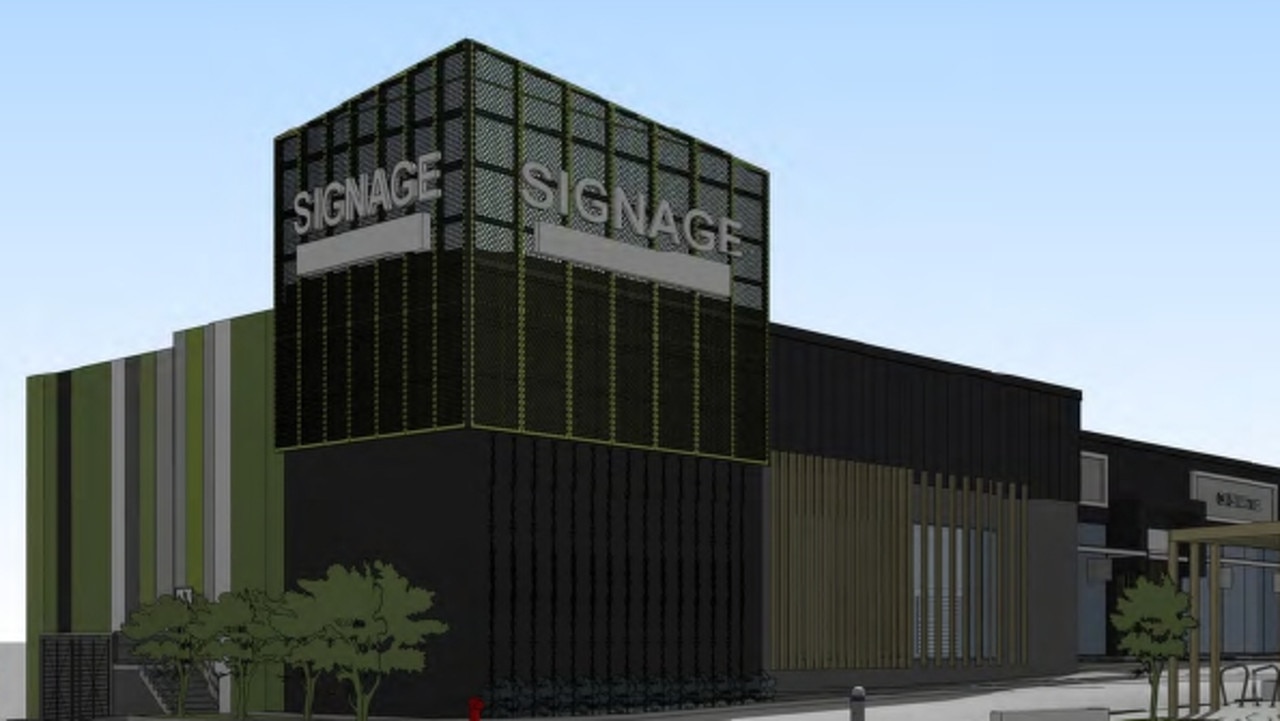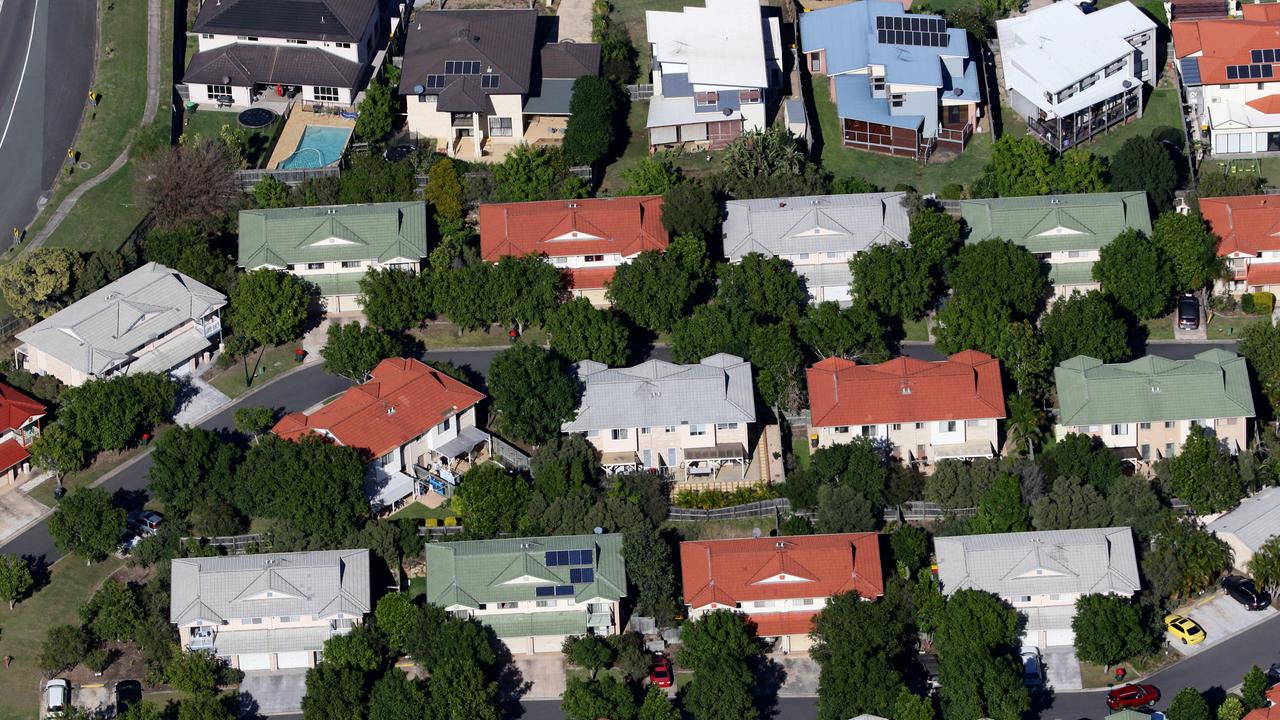Sydneysiders confounded by ‘contaminated’ bin rollout
A new Sydney council bin rollout has been trashed by residents due to concerns over odour, contamination and overflow. But authorities are fighting back.
Property
Don't miss out on the headlines from Property. Followed categories will be added to My News.
Local councils are lifting the lid on the benefits and challenges faced in the FOGO bin rollout across Sydney’s eastern suburbs.
The system, which requires food and garden waste to be combined, has been trashed by some residents due to fears about the odour caused by items such as dirty nappies and overflowing red bins when general rubbish collections are reduced from weekly to fortnightly. And councils are concerned about increased rates of contamination, especially in high-density areas, and a lack of infrastructure to support the change.
But some councillors say the initiative hasn’t been entirely scrapped by residents.
Woollahra Council rolled out FOGO bins, which it refers to as Kitchen to Compost, in 2008.
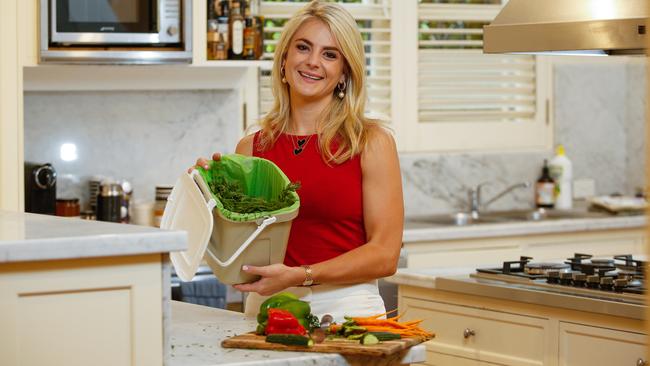
“People have really embraced it by putting their food waste into their green bins. It makes a big difference and means that waste is not going to landfill,” deputy mayor Sarah Swan says.
“We have low contamination rates, with most people only putting the acceptable organic waste in their green bin. We now have approximately a 25 per cent recovery rate of food, which means 25 per cent of food waste is going into green bins across the LGA.
“You can place any food scraps in your green bin, including some scraps which do not usually go into backyard compost bins, like dairy and meat bones.”
Swan says the biggest challenges include residents not realising how many items can go in the bin, and encouraging those in apartments and other strata complexes to get involved.
“With more than half of our residents living in strata complexes, we’re hoping more apartment buildings will get involved and we are encouraging strata committees to get in touch with council,” she says.
Randwick City Council introduced FOGO bins in March 2021. It saw landfill waste reduce by 28 per cent in just four months.
“There’s only two landfill sites in Sydney and they’re going to be full within a decade,” mayor Philipa Veitch says.
“We really wanted to put our front foot forward and get started, but it’s a challenge for councils. It’s a big adjustment for people

.
“People were really worried about the smell. Obviously, it’s a bit more challenging if you have young kids who use disposable nappies, but we were expecting a lot more complaints than we got.
“While the green bin collection became a weekly service, the red bins became fortnightly, except for apartments. Big apartment blocks still have a weekly red bin collection. We want to avoid a build-up of smells and bins overflowing.
“We also moved to a new contractor and there were teething problems with collections being missed.”
But Veitch says residents have adjusted well to the change and have diverted more than 33,000 tonnes of waste from landfill since the system was introduced in 2021.
She says the change required a major investment in education programs in different languages and communication channels, including letterbox drops, public information sessions, e-newsletters and Facebook.
Council also recruited Gardening Australia presenter and sustainability advocate Costa Georgiadis to appear in educational YouTube videos alongside council staff.
“With FOGO, the main thing that you’re trying to avoid is contamination, which has to be removed by people manually,” Veitch says.
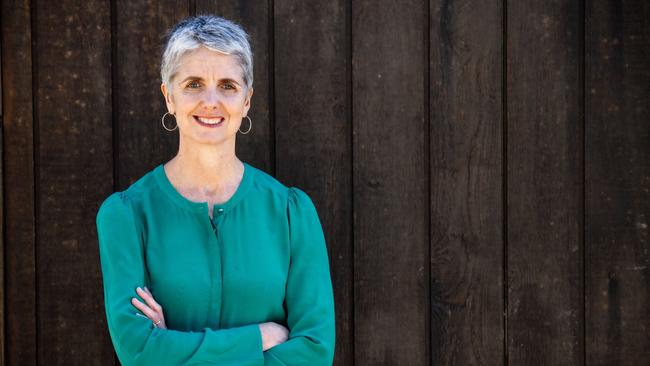
“We have a very low contamination rate, but within a lot of the units in our LGA there are people who may only be staying for a short period of time. We try to educate people as best we can but not everyone understands the difference between the bins if they have just moved to the area or if they’re from overseas, so it’s trying to avoid these problems.”
Veitch also believes councils need more support from the state government.
Waverley Council is trialling a FOGO collection service in 2024, with council officers currently working through a range of factors, including procuring bins, workforce planning and developing community education programs on how to use the service.
The time frame for the rollout for all households in the LGA will depend on the results of the trial and the availability of suitable processing arrangements for the collected materials.
A mandate from the NSW government requires councils across the state to switch to the FOGO (Food Organics, Garden Organics) system by 2030 in a bid to reduce the amount of rubbish going to landfill.
While food scraps have traditionally been placed in general rubbish bins with red lids, under the new system food and garden organics all go into the green-lid bin, with the contents turned into compost to be used in farms, parks, sports fields and gardens.
The move was introduced after research conducted by the NSW Environment Protection Authority found a weekly FOGO bin collection and a smaller fortnightly red-lid bin collection delivered the best results when it came to food waste recovery.
The move aims to help reduce harmful greenhouse gas emissions, which are created when waste such as food scraps decomposes in landfill.
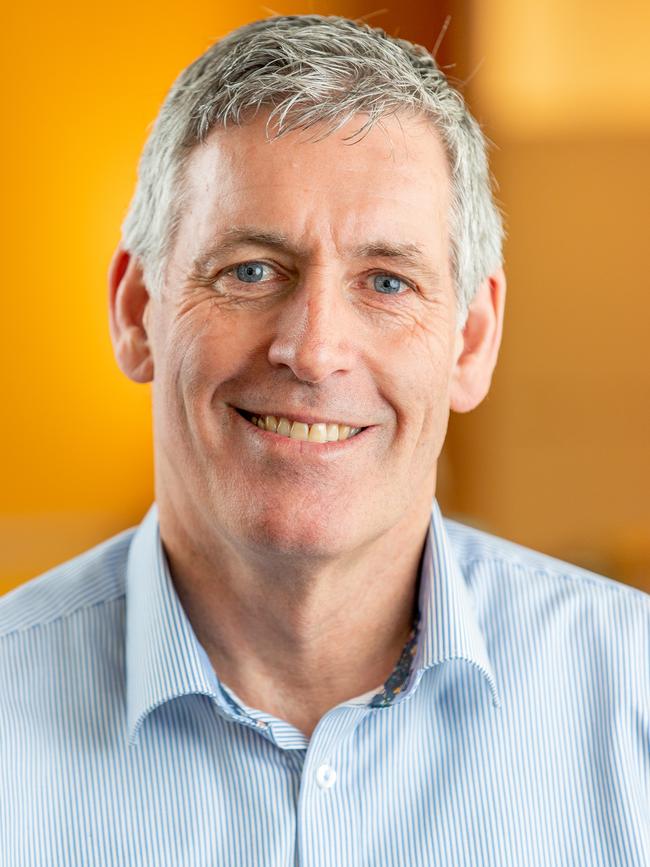
A spokeswoman for the NSW Environment Protection Authority says an independent audit of NSW council areas using FOGO reported contamination rates averaged just over 2 per cent.
Steven Head, the president of the general managers’ advisory committee for Northern Sydney Regional Organisation of Councils, says education is important.
“One of the risks that we have in going to FOGO is getting a degree of contamination in garden organics, which most councils report are 99 per cent pure,” he says. “There’s a certain amount of engagement you need to ensure you get it right.
“There are real practical considerations as well. Our contracts for waste management and collection are often quite long-term. Apartment buildings in many cases have been designed for a particular kind of waste collection service. If that changes and you end up increasing the number of bins, how’s it going to be upgraded and who’s going to take responsibility for that?”
A report released by the NSW Audit Office in 2020 found that just a third of the $750m waste levy collected from facility operators when rubbish is sent to landfill was spent on waste and environmental programs.
“The money should go towards establishing public recycling facilities to recycle soft plastics, but it’s going into consolidated revenue,” Veitch says. “It needs to be used for its intended purpose. If they don’t do that, I think it’s going to be a huge challenge. The DA process to get a new landfill site takes 10 years.
“Industry also needs to step up and take responsibility for the waste that’s created through packaging. Council is left holding the baby.”
Louise Di Francesco, who lives at Maroubra, says she was sceptical about FOGO in the beginning, but council made the transition easier by supplying compostable green kitchen caddy bags.
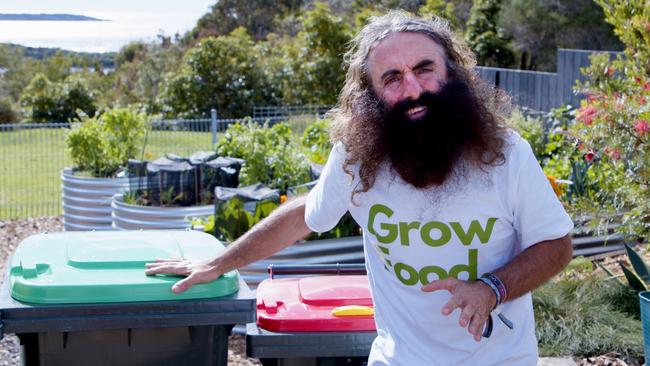
“I didn’t know how it would work, but I underestimated the amount of garbage that we put in a red bin that could go in a green bin,” she says. “Other people in the area had the same concerns until they got used to it. It took a couple of months to adapt to the change.
“The biggest challenge is remembering which bin goes out when, but it makes me feel like I’m contributing to waste reduction.”
Georgiadis, who lives at North Bondi, looks forward to the system being implemented there.
“I’m an advocate of home composting, but not everyone is a compost fruit loop like me – not everyone who lives in apartments can do it, and not everyone wants to,” he says.
“FOGO is a way individuals can make a difference and not feel overwhelmed about the challenges we face. Every time you cut the top off a carrot, peel a zucchini or scrape your food off your plate, you’re part of a big-picture solution.
“The biggest problem is that most people don’t adapt very well to change … they say, ‘I pay my rates, I want a bin collection every week.’ But that’s a toboggan to nowhere. Put prawn heads in the freezer and put them in the bin the day before collection. Some councils are offering rebates as incentives to use reusable cloth nappies.
“The best things you can do are the small things, because when we all do the small things, it has a massive impact.”
NORTH SHORE TRIAL
Lane Cove, Willoughby and Ku-ring-gai councils also took part in a FOGO trial in 2022 after receiving funding from the NSW Environment Protection Authority.
Ku-ring-gai Council’s role was to provide an audit of the collected organic waste to measure the diversion rate and contamination levels. It, too, found the results were mixed between units and houses, with varying levels of contamination.
A Ku-ring-gai Council spokeswoman says the biggest issue that needs to be addressed is the infrastructure required, such as processing plants, within a reasonable distance.
“Markets also need to be developed to ensure there are viable outlets for processed material,” she says. “More work is required by the waste industry to ensure infrastructure is in place so that these types of service can be offered to residents. Consequently, there are no plans at this stage to introduce FOGO collections in Ku-ring-gai.”

Mosman mayor Carolyn Corrigan is also concerned about a lack of infrastructure to process organics in Sydney, as well as the increase in costs.
“I think there’s going to be potential impacts on ratepayers that we have to address and make sure they understand why those waste charges are going to increase,” she says.
“Around 54 per cent of our LGA lives in flats or high-rise dwellings. That has very specific challenges compared to when it’s rolled out in communities with more single-dwelling homes.
“We’re looking at what’s happening in trials in other parts of Sydney so we can make an informed decision and ensure we get the best possible service for our community.”



